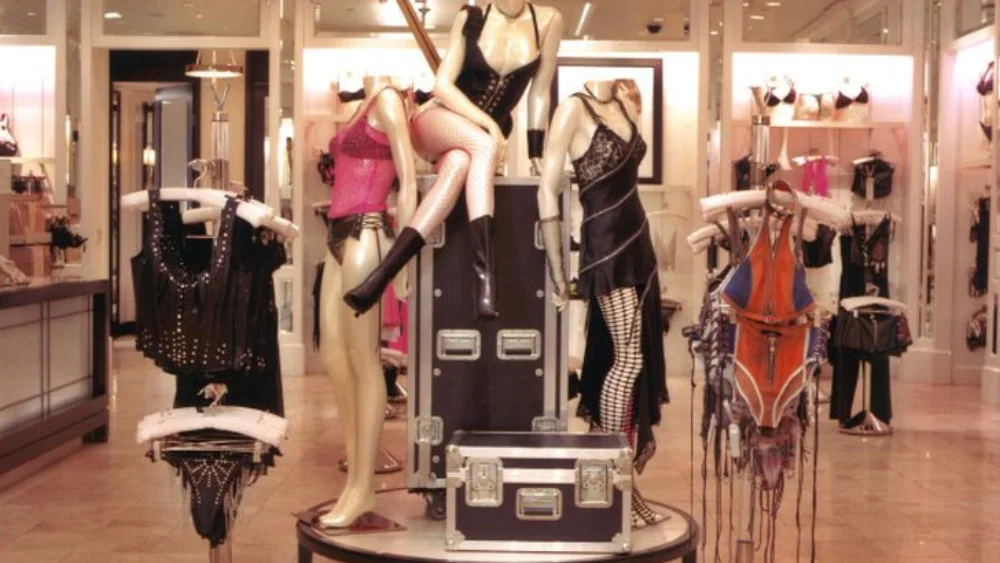The lingerie market is undergoing a transformation driven by innovation, sustainability, and shifting consumer demands. With an expected market size of $140 billion by 2030, brands must embrace digitalization, personalization, and ethical production. This analysis explores key growth drivers, emerging trends, and strategies for brands to thrive in a competitive landscape.
Table of Contents
The Transformation of the Lingerie Market: From Tradition to Modernity
Lingerie has evolved from a purely functional garment to a fusion of fashion, self-expression, and comfort. For centuries, it has reflected changes in societal values—from restrictive corsets that confined women’s bodies to modern bras that prioritize freedom and ease. Each shift in lingerie design mirrors the rise of women’s status and individual awareness.
With the expansion of the global economy and the rise of conscious consumers, the lingerie market is no longer limited to basic needs. It now encompasses functionality, fashion, technological innovation, and sustainability. In 2025, the global lingerie market reached nearly $91 billion. By 2030, it is expected to grow beyond $140 billion, with a 6.1% annual growth rate. This is more than just an industry boom—it reflects a broader transformation in women’s purchasing behaviors worldwide.
Consumer preferences are also evolving. In the past, shaping and structure were the primary focus. Today, comfort, inclusivity, and personalization take center stage. Younger generations reject standardized sizing and instead seek lingerie that fits their unique body shapes, styles, and even emotional needs. Sustainability has become a crucial factor. More brands are embracing eco-friendly fabrics and smart customization to align with modern consumers’ dual concerns—health and environmental responsibility.
As market demands continue to shift, how can brands stay ahead? How can they stand out in an increasingly competitive landscape? Understanding the future of the lingerie market is not just about business strategies—it is about shaping the future of the fashion industry. In this discussion, we will explore the current market landscape, key growth drivers, emerging trends, and future opportunities. From a broad industry perspective to specific brand strategies, this analysis will provide a comprehensive outlook on the evolution of this dynamic sector.
The Global Lingerie Market: A Rapidly Expanding Industry Landscape
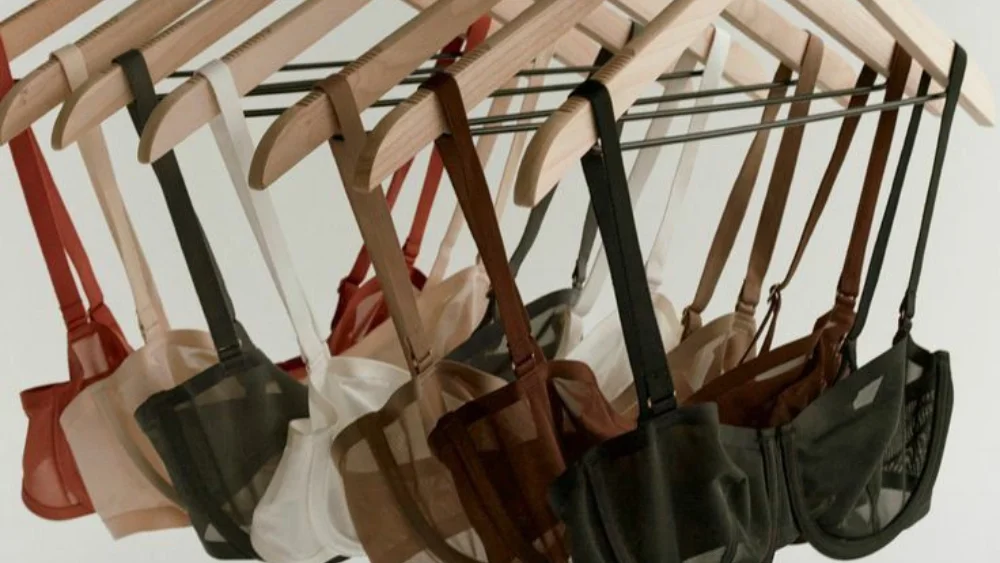
2025 Market Size and Growth Trends
The lingerie market is more than just an industry—it is a cultural statement, an attitude, and a reflection of women’s need for comfort, freedom, and self-expression. In 2025, the global lingerie market exceeded $91 billion and is projected to reach $140 billion by 2030, with a 6.1% compound annual growth rate (CAGR). This expansion is driven by rising female purchasing power, industry innovation, technological advancements, and increasingly diverse consumer demands.
In recent years, lingerie has shifted from being an “invisible necessity” to a form of personal style. Brands are no longer focusing solely on function but are integrating fashion, comfort, sustainability, and customization to attract modern consumers. The rise of e-commerce has further fueled market growth, with digital platforms emerging as a key driver, especially in developing markets. The impact of digital marketing is reshaping the industry at an unprecedented pace.
Regional Market Performance: North America, Europe, and Asia-Pacific
North America: A Mature Market Favoring Premium Brands
North America, particularly the United States, remains one of the largest bra market consumers. Shoppers in this region tend to prefer high-end brands and are willing to pay a premium for quality fabrics, technological innovation, and brand prestige. Inclusivity is a major focus, with more brands expanding their size ranges, introducing plus-size collections, and designing gender-inclusive products to cater to modern women and non-binary consumers.
Europe: A Balance of Tradition and Emerging Brands
As the birthplace of lingerie culture, Europe has long been home to renowned heritage brands. However, market trends are shifting. Consumers are increasingly favoring sustainable, minimalist, and functional lingerie, driving the rise of innovative new brands across the region.
Asia-Pacific: Fast Growth Led by Digital Channels
Unlike the established markets of North America and Europe, Asia-Pacific is experiencing the fastest growth. Countries such as China, Japan, and India are seeing a surge in lingerie demand due to large consumer bases and increasing female purchasing power. In 2024, China’s bra market was valued at $64 billion, with an expected annual growth rate of 8.2% over the next five years. Additionally, e-commerce and social media marketing play a critical role in this region. Many brands rely on livestream shopping and influencer-driven campaigns to rapidly capture market share.
Competitive Landscape: The Battle Between Legacy and Emerging Brands
The lingerie industry is now highly competitive, with both established giants and emerging players striving for market dominance. Each brand is carving out its unique positioning:
- Heritage Brands: Traditional market leaders are adapting to changing trends by shifting towards comfort, inclusivity, and diversity.
- New Disruptors: Younger brands are winning over Millennials and Gen Z by leveraging social media marketing, body positivity messaging, and personalized designs.
- Sustainable Brands: The rise of eco-conscious consumers is driving brands to focus on ethical manufacturing, recycled materials, and transparent supply chains.
As competition intensifies, success will not depend solely on brand history. The true winners will be those that can deeply understand and meet the evolving needs of modern consumers.
Key Drivers of Growth in the Lingerie Market: The New Wave of Consumer Shifts
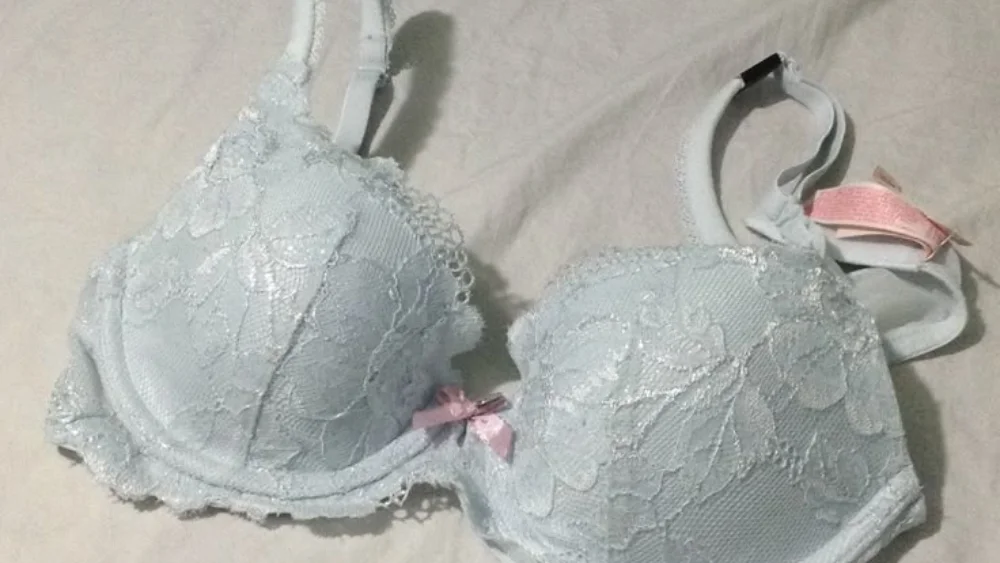
The Rise of Female Purchasing Power: From Necessity to Self-Expression
Lingerie was once an invisible part of a woman’s wardrobe, chosen out of necessity rather than personal preference. However, today’s women are no longer satisfied with basic support and coverage. They are willing to invest in themselves—paying for comfort, beauty, and self-expression.
This transformation is driven by the increasing financial independence of women worldwide. Studies show that women control over $31 trillion in consumer spending globally. More women are moving beyond traditional purchasing habits, seeing lingerie as an extension of self-care. Whether professionals, freelancers, mothers, or young women, their lingerie choices reflect comfort, individuality, and freedom.
Brands have recognized this shift. They are expanding their offerings with inclusive sizing, customized designs, and gender-neutral lingerie. These trends all point to one undeniable fact—women are redefining the bra market on their own terms.
The Rise of Comfort, Health, and Functional Lingerie: More Than Just Looks
For decades, “sexy” was the defining word in bra marketing. But today, comfort matters more than external appeal. A lingerie piece is no longer judged solely by its lace details—it must fit seamlessly, allow breathability, and provide all-day ease and support.
The rapid rise of wire-free bras, seamless lingerie, memory foam bras, and high-support sports bras proves this trend. Women now want stylish lingerie that allows them to move freely at work, in the gym, or even while sleeping.
Technology is further advancing this transformation. Smart temperature-regulating fabrics, antibacterial and odor-resistant materials, and AI-powered size recommendation systems are revolutionizing the bra market. These innovations are making lingerie a perfect blend of fashion and functionality, offering consumers a personalized and technology-enhanced wearing experience.
Sustainable Materials and Eco-Friendly Trends: The Future of Fashion is Responsibility
Sustainability was once an overlooked aspect of the lingerie industry. Today, eco-consciousness is shaping consumer buying decisions. Millennials and Gen Z are no longer just interested in whether lingerie looks good—they care about where it comes from, how it is made, and its environmental impact.
Organic cotton, bamboo fibers, and recycled nylon are gradually replacing synthetic fabrics. Meanwhile, non-toxic dyes, low-carbon production, and zero-waste supply chains are becoming key differentiators in brand competition. Many established companies have introduced sustainable lingerie collections, while new eco-conscious brands are winning over consumers through transparent supply chains and ethical production.
However, sustainability is more than a marketing strategy. It is a fashion industry responsibility. The bra market is no longer just about “what to wear” but also about “how it is made and how we choose”. As consumer awareness grows, brands that truly commit to sustainability will become the ultimate winners.
Emerging Trends: The Future of the Lingerie Market
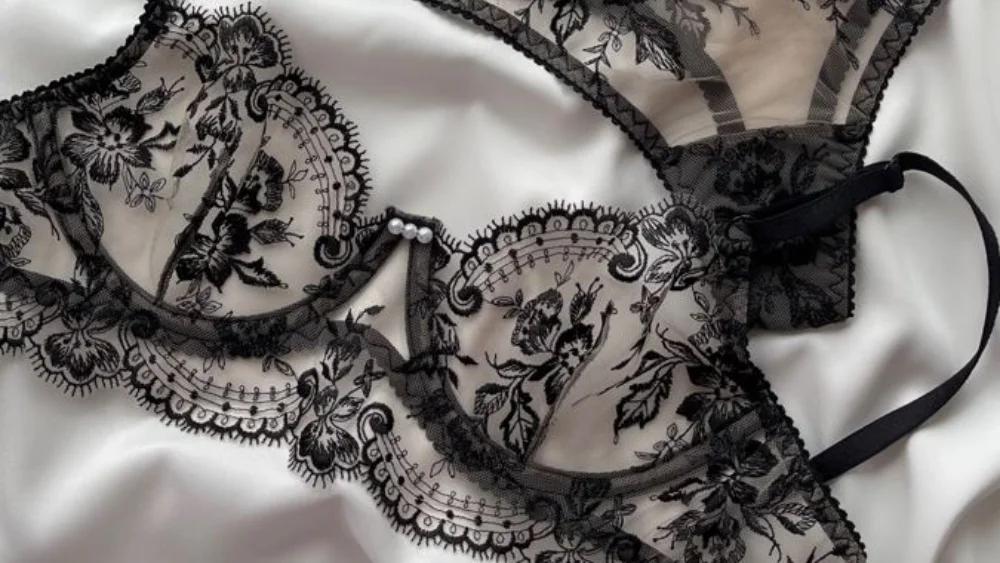
Lingerie is no longer just an undergarment. It is a fusion of personal expression, technology, and lifestyle. As women’s purchasing behavior evolves, the lingerie market is shifting from standardization to personalization, from traditional comfort to smart technology, and from everyday wear to functional innovation. In this era of rapid change, four key trends are shaping the industry’s future—customization, technology, digital transformation, and multifunctionality.
Personalization and Customization: Lingerie Tailored for Every Woman
We live in a time where individuality matters more than standardized beauty. Every woman has a unique body shape, and no two busts are the same. Traditional S, M, and L sizes can no longer meet the diverse needs of consumers. This has made customized lingerie a rising trend in the lbra market.
Brands are now using 3D body scanning and AI-powered fit algorithms to offer precise sizing recommendations. Consumers can customize strap width, cup shape, support level, and fabric type to create lingerie that truly fits their bodies. The rise of half-size bras and inclusive sizing systems highlights the demand for better-fitting options. In the future, customization will no longer be a luxury but an industry standard.
Smart Technology and AI: Lingerie That Understands You
Artificial intelligence has transformed everything from smartphones to smart homes, and now, it is revolutionizing the lingerie industry. Smart fabrics, AI-driven analytics, and data-driven design are reshaping the way lingerie is made and worn.
- Smart temperature-control lingerie: Adjusts breathability based on body temperature. It cools in summer and warms in winter, adapting to the wearer’s needs.
- AI-powered size recommendations: Uses body data analysis and user feedback to suggest the perfect fit. This reduces sizing guesswork and improves shopping experiences.
- Smart sports bras: Integrated sensors track movement, provide real-time feedback, and help optimize performance while reducing injury risks.
Technology is turning lingerie from static garments into intelligent wearables, enhancing both comfort and functionality.
The Rise of Online Shopping: A Digital Era for the Lingerie Market
Buying lingerie once meant visiting a store for a fitting. Today, the rise of e-commerce has made online shopping the new norm. Digital sales now account for over 40% of the global bra market, with an annual growth rate of 6.5%.
- AR Virtual Try-On: Augmented reality (AR) technology allows consumers to see how different styles look on them before purchasing, reducing uncertainty.
- Livestream Shopping: Platforms like TikTok and Taobao enable brands to showcase lingerie through live demonstrations. Influencers provide in-depth reviews and answer questions in real-time, making the shopping experience more engaging.
- Social Commerce: Platforms like Instagram and Pinterest are not just for browsing; they allow users to buy directly while interacting with real customer feedback, increasing purchase confidence.
The boundary between online and offline shopping will continue to blur. Lingerie brands must embrace digital engagement strategies to create more interactive and immersive shopping experiences.
Lingerie as a Multifunctional Essential: Expanding Beyond Tradition
Modern women lead diverse lives. They need lingerie that is more than just underwear—it should be a second skin that adapts to different settings. As a result, functionality has become the next competitive battleground, driving innovations in sports, shapewear, and medical recovery lingerie.
- Sports bras: Designed for various levels of activity, from low-impact yoga to high-intensity running, ensuring maximum support and confidence.
- Shapewear: Moves beyond restrictive compression to high-tech, flexible fabrics that offer a natural sculpting effect while maintaining comfort.
- Medical-grade recovery lingerie: Supports women in post-surgery recovery, maternity, and chronic pain relief. For example, seamless medical lingerie helps breast cancer survivors recover comfortably while reducing skin irritation.
In the future, lingerie will no longer be just intimate wear—it will become a multifunctional asset that enhances women’s daily lives.
Business Opportunities: How Brands Can Capture Growth in the Lingerie Market
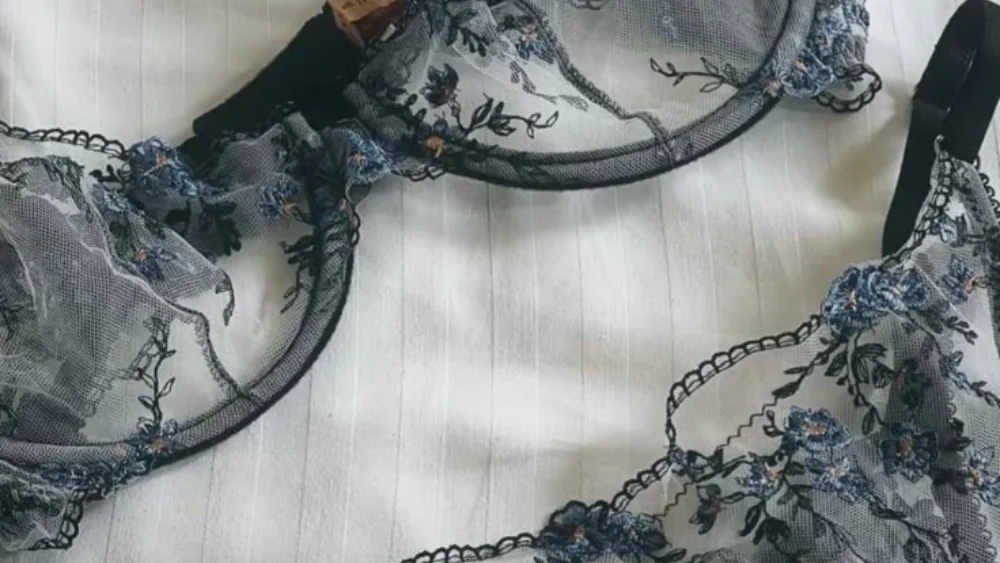
In today’s fast-changing world, lingerie is no longer just an undergarment. It represents confidence, comfort, and self-expression. As the lingerie market continues to expand, brands must adapt to consumer trends. To stay competitive, they need to develop online channels, invest in innovation, and embrace market diversity.
Expanding Online Channels: E-Commerce, Social Media, and Livestream Shopping
Buying lingerie was once linked to the stress of in-store fitting rooms. The digital revolution has changed this experience completely. More women are now choosing to shop for lingerie online. Social media and livestream shopping allow brands to connect with consumers in more engaging and direct ways.
- The Rise of E-Commerce: Online sales now account for over 40% of the global bra market, with an annual growth rate of 6.5%. Platforms like brand-owned websites, Amazon, and major e-commerce giants have become essential for reaching global customers.
- Social Media Marketing: Platforms like Instagram, TikTok, and Pinterest are key for brand building. Through influencer marketing and user-generated content (UGC), brands can increase trust and drive purchasing decisions.
- Livestream Shopping Boom: From Taobao Live to TikTok Shop, livestream shopping shortens the customer’s decision-making process. It also provides an interactive, immersive shopping experience, making it a powerful tool for driving sales.
In the future, brands must go beyond treating online shopping as a simple sales channel. Instead, they must build a digital ecosystem that fosters emotional connections with consumers.
Investing in Innovation: New Materials, Techniques, and Designs
If e-commerce is a brand’s market weapon, then innovation is its true competitive edge. Consumer expectations are evolving. Simple sexy designs are no longer enough. Comfort, sustainability, and smart technology are the new priorities.
- New Material Revolution: More brands are adopting sustainable fabrics like bamboo fiber, organic cotton, and recycled nylon. These materials reduce environmental impact while enhancing breathability and comfort.
- Breakthrough Manufacturing Techniques: Seamless knitting, 3D printing, and smart textiles improve lingerie’s durability and flexibility. These techniques also minimize production waste, making products more eco-friendly.
- Evolving Design Trends: Consumers want more than just beautiful lingerie—they want lingerie that truly fits. From wire-free bras to custom-fit cups, from inclusive sizing to personalized color options, brands must move beyond traditional design limitations to meet modern women’s diverse needs.
In an era where consumers are willing to pay for technology and quality, innovation will determine a brand’s position in the lingerie market.
Market Diversification: The Rise of Plus-Size and Sustainable Fashion
The bra market is becoming more inclusive. Brands are no longer focusing only on traditional female consumers. They are expanding into plus-size, sustainable, and male lingerie markets to serve a broader audience.
- The Rise of Plus-Size Lingerie: In the past, the fashion industry overlooked plus-size women. Today, inclusive sizing has become a strong trend. Some brands now offer full-size collections, gaining loyal customers.
- The Shift Toward Sustainable Fashion: Consumers now care about more than just products. They are paying attention to a brand’s environmental commitment. Brands that adopt recycled fabrics, lower carbon production, and circular economy initiatives will gain stronger market recognition.
By embracing diversification and sustainability, brands can unlock new growth opportunities and secure a stronger future in the evolving bra market.
Future Challenges and Strategies: Staying Competitive in the Lingerie Market

The bra market is expanding rapidly, but growth comes with challenges. Brands must navigate intensifying competition, rising production costs, and shifting consumer demands. To secure a strong position in the future, continuous adaptation is essential.
Rising Competition: How Brands Can Stand Out
The bra market is becoming increasingly saturated. Traditional sexy designs and celebrity endorsements are no longer enough for long-term success. In today’s digital age, a brand’s unique identity and emotional connection with consumers determine its competitiveness.
- Building a Strong Brand Story: Consumers are not just buying lingerie—they are seeking brand values that resonate with them. Brands that focus on women’s real needs and values will build a loyal customer base.
- Personalized Products and Services: The future market will no longer be one-size-fits-all. Customization options, AI-powered size recommendations, and innovative materials can help brands create lingerie tailored to different body types and preferences.
- Revolutionizing Marketing Strategies: Brands must move beyond traditional advertising. Social media engagement, user-generated content (UGC), and emotional storytelling allow consumers to become brand advocates rather than passive buyers.
Rising Costs: How to Optimize the Supply Chain
Fluctuating raw material prices, increasing energy costs, and stricter environmental regulations are forcing brands to rethink their supply chain strategies. To reduce costs while maintaining quality and sustainability, brands must take a more precise and strategic approach.
- Optimizing Production and Reducing Waste: Smart manufacturing, seamless knitting, and 3D printing enhance efficiency while minimizing material waste, ultimately lowering production costs.
- Sourcing Sustainable Materials: Using recycled fibers, organic cotton, and renewable textiles helps brands reduce their carbon footprint while appealing to environmentally conscious consumers.
- Diversifying the Supply Chain: Overreliance on a single supply source creates risks. Brands should explore localized production and multi-supplier partnerships to improve flexibility and resilience.
Changing Consumer Demands: Leveraging Big Data for Product Development
Consumer trends shift rapidly. A new lingerie trend can emerge and fade within months. Understanding market trends and responding quickly is crucial for maintaining a competitive edge in the lingerie market.
- Big Data-Driven Product Development: AI and data analytics help brands track shopping behaviors, size preferences, and style trends. This enables them to predict future demand and optimize product design.
- Real-Time Feedback and Agile Production: Collecting consumer insights through social media and online platforms, combined with small-batch rapid production, helps brands minimize inventory risks while meeting market needs.
- Personalized Product Recommendations: Data technology can provide consumers with personalized lingerie suggestions, improving their shopping experience and boosting brand loyalty.
Conclusion: The Future of the Lingerie Market Belongs to Innovators
The lingerie market is no longer dominated by traditional brands. The future will belong to those who embrace change, innovate, and truly understand consumer needs.
Industry forecasts indicate that the lingerie market will continue to grow in the coming years. By 2030, its market size is expected to exceed $140 billion. However, growth does not mean success will come easily. Brands must navigate fierce competition and carve out their unique position. The true market leaders will not be those who simply follow trends but those who set them.
Successful brands will use technology to enhance product experiences, embrace sustainability to attract younger consumers, and adopt digital strategies to precisely meet market demands. The future will not be about which brand is the biggest. It will be about which brand understands its consumers best and innovates to meet every modern woman’s needs.

